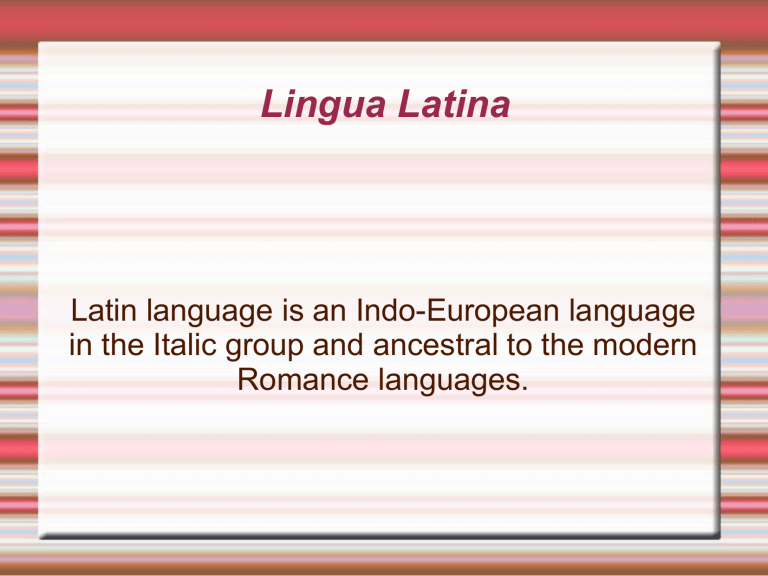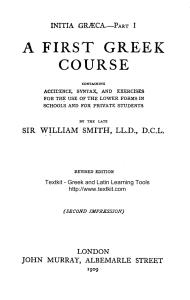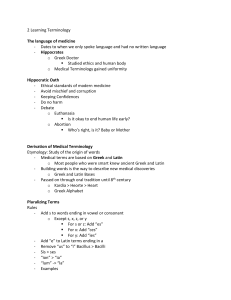
Lingua Latina Latin language is an Indo-European language in the Italic group and ancestral to the modern Romance languages. The Latin language was the language spoken by inhabitants of ancient Rome and other people of Latium (the region of central western Italy in which the city of Rome was founded and grew to be the capital of the Roman Empire). The language originated in around the 8th century BC. Latin reached its prosperity from 75 BC to 175 AD, as the Roman Empire was found and the Romans conquered most parts of Europe and Africa. When the Roman Empire collapsed in the 5th century AD, the language diverged into different kinds of the Romance Languages that are spoken today in different areas, including: French, Italian, Spanish, Romanian, Portuguese etc. Latin has contributed many words to the English language. In particular, Latin (and Ancient Greek) roots are used in English descriptions of theology, the sciences, medicine, and law. Latin is called a dead language because no one speaks Latin as a first language anymore. Even though it is a dead language, it is not an extinct language because it is still used in daily life by some people. For example, the Linnaean system of plant and animal classification was heavily influenced by Historia Naturalis, an encyclopedia published by Pliny the Elder. Roman medicine, recorded in the works of such physicians as Galen, established that today's medical terminology would be primarily derived from Latin and Greek words. Latin law principles have survived partly in a long list of Latin legal terms. English medical terminology developed from medieval Latin terminology, which had absorbed a developed Greek terminology. There are three main branches of the present-day medical terminology: Anatomical Clinical Pharmaceutical Anatomical terminology The anatomical terminology is a base for medical communication. The first official Latin anatomical nomenclature was introduced at a congress of anatomists in Basle in 1895. The last edition of “Terminologia Anatomica” released in 1998 says: “Anatomical terminology is the foundation of medical terminology and it is important that doctors and scientists throughout the world use the same name for each structure”. Clinical terminology The clinical terminology is a very important element of the medical professionals training. There are over 60,000 clinical terms in the present-day medical language: names of diseases and pathological states, branches of medicine and specialists, examination procedures and types of therapy. Pharmaceutical terminology The pharmaceutical terminology is an area where Latin has been traditionally used. In many countries of the world prescriptions are written in Latin. Standard international nomenclature of drugs is also based on the Latin language. Thank you for your attention



